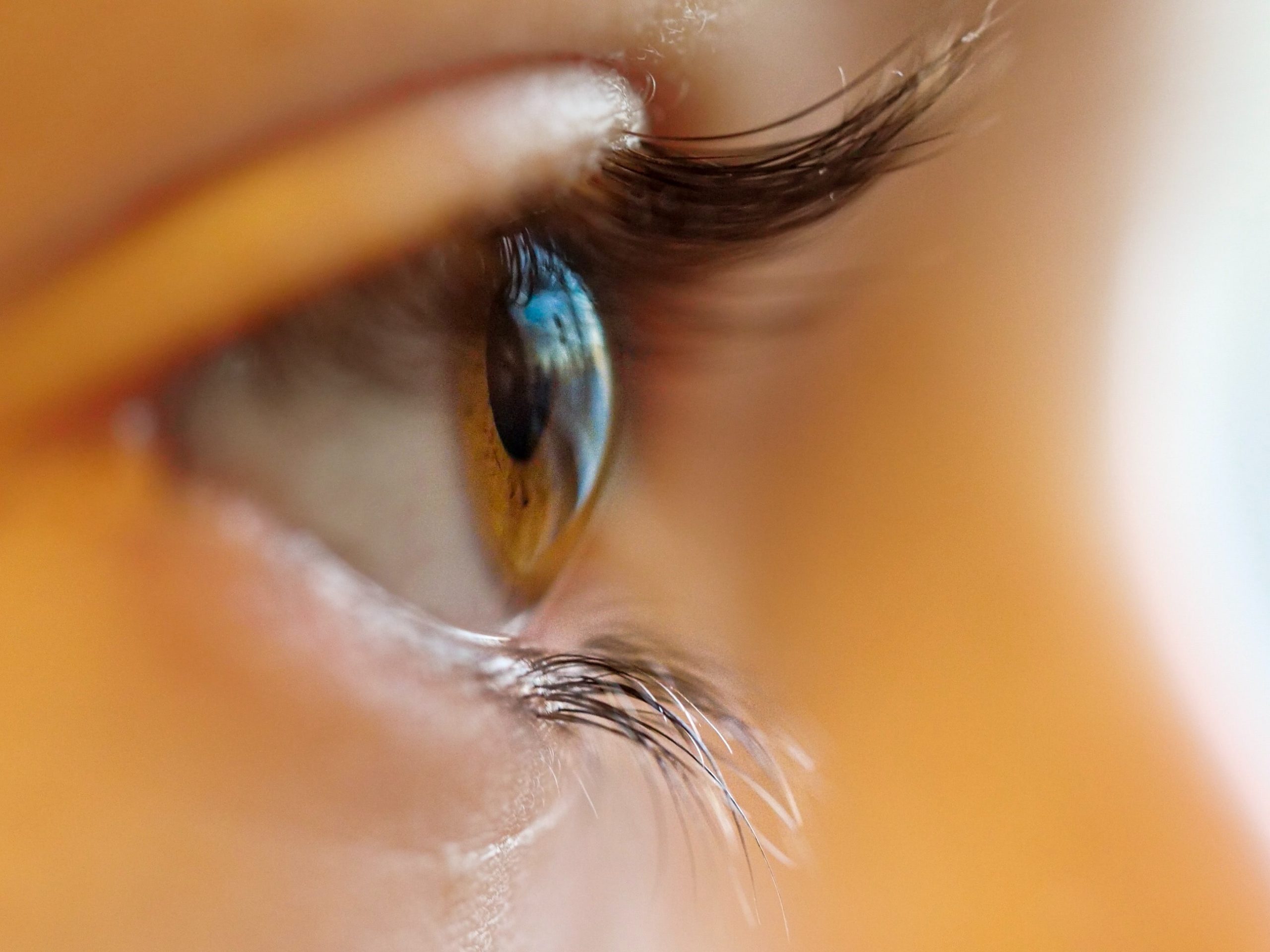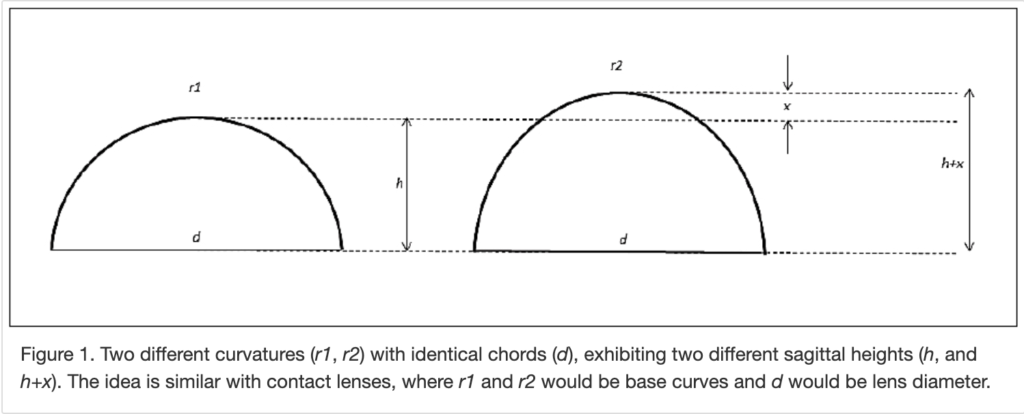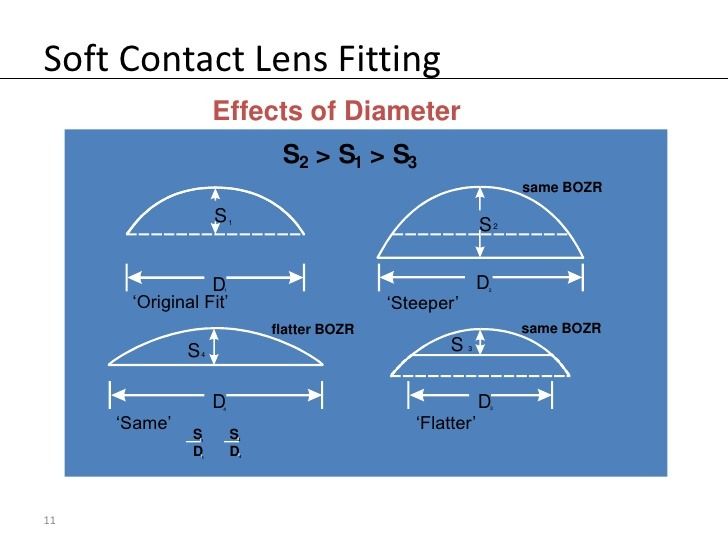
It may seem complicated when you walk out of your exam with a contact lens prescription. No, we do not put them in a secret code! In optics, there are a lot of abbreviations. We believe education is one of the most important services we provide our patients. We want to help you read your contact lens prescription.
Today, we are going to look specifically at soft contact lenses. This is mostly because hard contact lenses are not prescribed as often. Soft contact lenses tend to be easier to adjust to. In most cases, hard contact lenses must be worn consistently for a patient to adjust well to them. Additionally, soft lenses stay in place better. The flexible plastic of a soft lens is more comfortable. Furthermore, soft lenses allow more oxygen to pass through the contact lens. This is not only making it more comfortable to wear, but also maintains better eye health.
Even if you’ve been wearing your contact lenses for years, you may learn something new from this post!
Your contact lens prescription may include one or all of these:
The base curve is the radius of the sphere of the back of the contact lens. The lower the number, the steeper the curve. The higher the number the flatter the curve.

The diameter of a contact lens is the size of the lens. This is measured in millimeters. The most common diameters are 13.8, 14.0, 14.2, 14.4. There are other diameters, but these ones are standard.

The value of the lens required to correct vision. This can be long or short sited. It is measure in Dioptres. A minus (-) signifies a short-sighted prescription. A patient who cannot see things far away. On the other hand, a plus sign (+) means a long-sighted patient. One that cannot see things close up.
Cylinder is found in prescriptions containing an astigmatism. You may wonder why rates change during a contact lens fitting. This is one. It is an additional measurement to ensure the contact lens fits correctly. Basically, the cylinder means that the lens power added to correct the astigmatism is not spherical. Since the eye is not perfectly round, this is the correction to the curvature of the lens so it fits the eye correctly.
This is also only found in a prescription containing an astigmatism. The axis is calculated in degrees (or angle) from 1 – 180. So 90 would mean vertical position and 180 would ben horizontal.
Found in prescriptions correcting presbyopia. Again, this is an additional measurement that the optometrist must take.
Ocular dominance is the superiority of one eye over the other in motor tasks. As a result, it is not always the eye that has better vision. This measurement assists the optometrist in fitting the correct contact lens.
The add is the additional vision the patient needs for reading, just like they would for glasses.
Basically, when you go in for a contact lens fitting, a patient is working closely with the optometrist to finding what contact lens works best. The contact lens prescription can sometimes be the same as a glasses prescription, but not always.
Additionally, there are several kinds of contact lenses in which a patient may need to try for comfort. Traditionally daily contact are the most comfortable. This does not mean they work for everyone. Since they are daily, they do cost more. Patients see savings on contact lens solution.
Monthly contact lenses are only good for one month after opening. This is because proteins build up on the lens and can block oxygen and create other eye issues. Daily contact lenses provide an option for patients that typically wear glasses but want to wear contacts on occasion. Also great for vacation!
If you have worn contact lenses for a long time, please talk to your optometrist about any concerns or comfort issues you may have. There are so many options we want to be a resource to finding the best fit.
Maybe you have been thinking about contact lenses. We would LOVE to help! Please contact us for a contact lens fitting and we can help find the best option for your vision needs.
Can you buy contact lenses without a prescription? NO. U.S. law requires a prescription. This is because wearing contact lenses is the act of sticking a foreign body into your eye.
It is so important to insure you have what you need. Only working closely with an optometrist can tell you the best fit for your contact lenses. This includes Plano lenses worn for cosmetics. If you are not purchasing contacts with a valid prescription you could be purchasing something that could cause vision issues, infections, and loss of vision.
Do contact lens prescriptions expire? YES! Even if your contact lenses feel they are doing well and your vision is great, that doesn’t mean you do not have eye health issues. Personally, I went to an optometrist and found my contact lens brand was not providing enough oxygen to my eyes. This was resulting in inflamed blood vessels. I was lucky and he was able to proscribe a contact lens that would provide more oxygen. I did not have any symptoms at the time.
Where can I buy contact lenses? It is your right to purchase your contact lenses from wherever you want. We do fill contact lens prescriptions and we are able to provide coupons and work with insurances. Even if you choose to contact someone else for your lenses, be sure it’s a a valid distributor. You want to have the contact lenses that are made correctly to ensure your vision!
Ready to try contact lenses! Contact us today for a contact lens fitting.